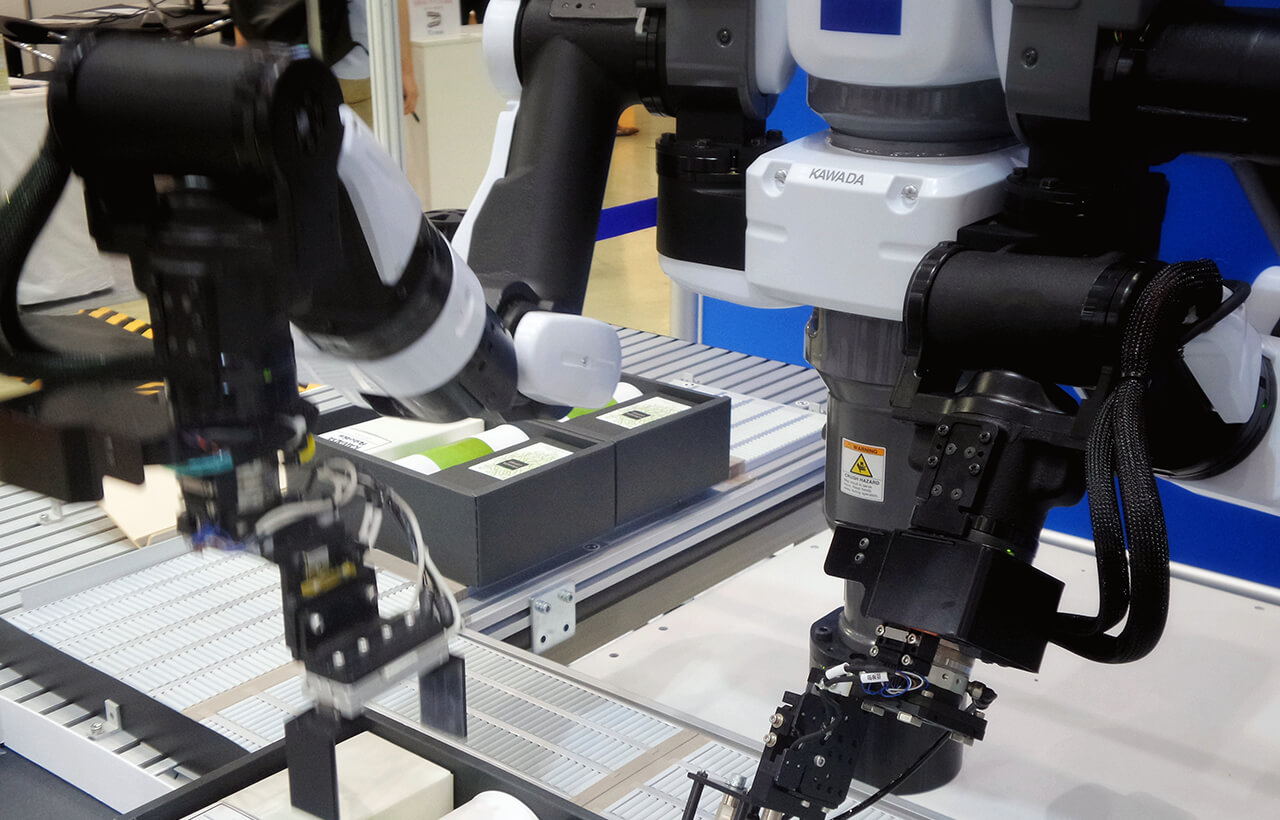What innovative technology can be used to address the labour shortage in the long term?
Although the labour shortage in Canada was not caused by the pandemic, it was certainly exacerbated by it, and this trend destabilized an already tenuous situation. In fact, a 2021 Business Development Bank of Canada (BDC) study found that 55% of employers had difficulty hiring qualified staff that year, and some positions remained unfilled for three to four months.
There are several reasons for Canada’s current labour shortage, one of which is the country’s ageing population. Because of this, Canada’s labour force will continue to grow at a slower pace, even after the pandemic.
In addition to this structural factor, there are also contextual factors. Apparently, too few candidates apply for jobs, and those who do don’t have the necessary general or technical skills (BDC, 2021). Other factors include pandemic-related border closures and institutional reluctance (or slowness) to recognize foreign skills. According to an article in Gestion HEC Montréal (in French only), these elements have considerably reduced the number of new permanent and temporary immigrants, particularly in Québec.
Taken together, these factors point to the labour shortage continuing well beyond the pandemic. However, while the situation seems worrisome, it also offers companies an opportunity to increase their productivity and attract long-term workers by embracing innovative technologies.
Technology Solutions
Artificial intelligence (AI)
AI describes the set of theories and technologies that enable machines and complex computer programs to imitate the human brain’s ability to make decisions and solve problems.
The technology that powers AI, such as the ability to store and process data (as applied to machine learning), is improving rapidly and becoming more affordable. It seems that the time is ripe for companies to take advantage of AI, especially so-called weak AI. This kind of AI is designed to perform specific, repetitive tasks, where companies use robots on production lines or automate repetitive tasks, freeing up workers for higher value-added tasks. Moreover, adopting AI-enabled technology is a tried-and-true solution: companies that do so are twice as likely to find it easier to hire employees (BDC, 2021).
3D Printing
3D printing, or additive manufacturing, is a term that covers a multitude of processes and technologies involved in producing a wide range of three-dimensional products, layer by layer. More and more uses are being discovered daily for this versatile process, as the technology becomes more widespread and deeply integrated into the industrial, manufacturing and consumer goods sectors.
3D printing could solve the construction industry’s labour shortage
Although 3D printing can be applied in a variety of fields, from healthcare (printing organs and medical equipment) to aerospace (printing parts and components), it’s also proving its value in the construction sector.
Several companies have already started using 3D printing to build different infrastructure projects, from pedestrian bridges to housing and commercial spaces. While the technology must overcome a number of hurdles before it can be used more widely, construction companies are realizing the potential benefits, especially as adopting the technology significantly reduces the number of workers required for any given project.
Example: the Bouygues 3D house
In 2018, in partnership with the University of Nantes, French construction company Bouygues built the first 3D house in Nantes. Using 3D technology, the 95-m² (1,022.6-ft2) home was built in just three days using a poly articulated robotic arm. This technology has many advantages, including: the ability to produce free-form shapes, faster turnaround, greater labour efficiency, lower production costs (which could translate into higher wages), and the ability to construct more sustainable buildings. Because it involves automation, implementing additive manufacturing will also improve the work environment, reducing the number of accidents and safety risks.
Virtual reality
Virtual reality (VR) is an immersive, interactive computer-generated experience that uses the audiovisual data in a VR headset to take users into a 3D virtual world.
As a result of the pandemic, more and more companies are using virtual reality in the workplace. Specifically, it’s being used to make recruitment, onboarding and training safer and more efficient, but also more fun, thereby improving the employee experience and employee/employer involvement.
Recruitment and retention
Over the past few years, virtual reality has quietly gained a foothold across various industries, as shown in this Forbes article. It enables new hires to virtually experience what their work life might be like through simulated workdays and virtual office tours. By getting them involved in a challenging, fun way, companies are able to attract and retain more qualified and desirable candidates.
Example: MGM resorts
In January 2022, MGM Resorts, a world-class company famous for the Bellagio Las Vegas, began equipping their employment centres with VR headsets, as a way of letting prospective employees try out their role with the hotel. The company is taking this step in the hope of reducing employee turnover, as it enables prospective hires to experience both the pros and cons of working in the service and hospitality industries.
The Internet of Things (IoT)
The Internet of Things (article in French) or IoT, is a system of interrelated devices, that have the ability to transfer data over a Cloud platform without human intervention. Companies that implement IoT can become faster, smarter, safer and more efficient. The process also benefits employees, providing them with more flexibility through optimized data sharing. Other benefits include making their workplaces more attractive because they are safer.
Manufacturing and construction sector applications
There are many industrial IoT applications, particularly in the manufacturing and For example, IoT sensors can inspect factories and construction sites without employees having to go on site. These sensors can also perform predictive maintenance, so machine operation is optimized, maintenance costs are reduced, and employees can stop focusing on the machinery and start doing more value-added tasks. IoT can also help improve employee health and safety on the factory floor. Connected watches or helmets, for instance, are able to sense when employees are in danger of being hurt, and alert them to take action before anything happens.
Corporate digitization drives growth.
The labour shortage will most likely continue well beyond the pandemic, so companies should have strategies in place to alleviate its more negative effects. For instance, innovative technologies can help recruit and retain talent in addition to reducing costs and optimizing processes.
Want to know more about the latest technology trends?


